- Construction & Infrastructure
Construction contracts in Japan - Key differences between the Minkanrengo and FIDIC Red Book (1999) - PART ONE: Force Majeure and Extension of Time
Projections indicate that the Japanese construction industry will have grown by 3.2% in 2022. With the increase in non-Japanese companies investing in building Japanese infrastructure, there has been a corresponding increase in the use of Japanese standard form construction contracts among parties, including non-Japanese companies. The most common form of construction-only contract used in Japan is the “General Conditions of Construction Contract” (Minkan (Nanakai) Rengo Kyoutei Kouji Ukeoi Keiyaku Yakkan), otherwise known as the “Minkanrengo” standard form. The Minkanrengo is published by the Committee of Seven Associations of Architects and Contractors and is by far one of the more popular standard form contracts used in Japanese domestic construction works. Japanese parties often prefer using the Minkanrengo over international standard contract...To read the full article, please see the PDF file

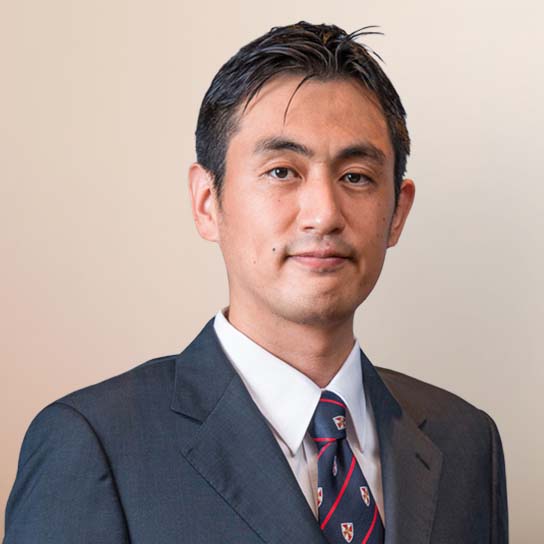

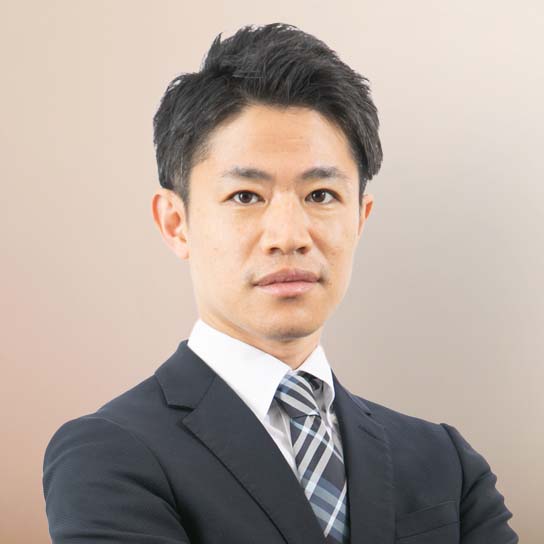
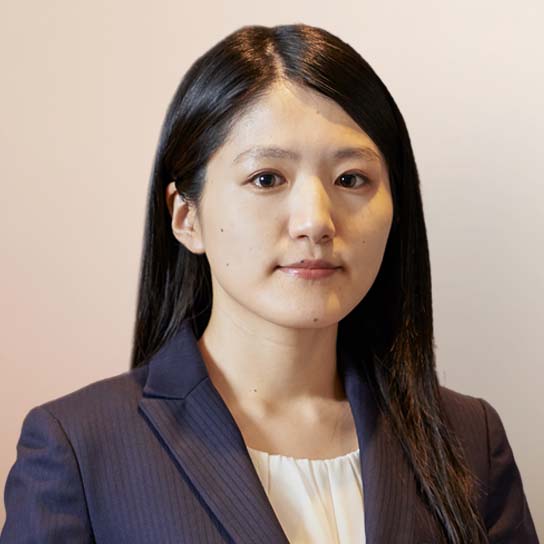
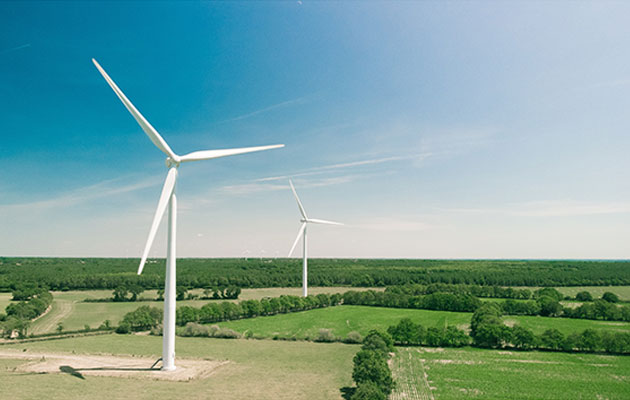
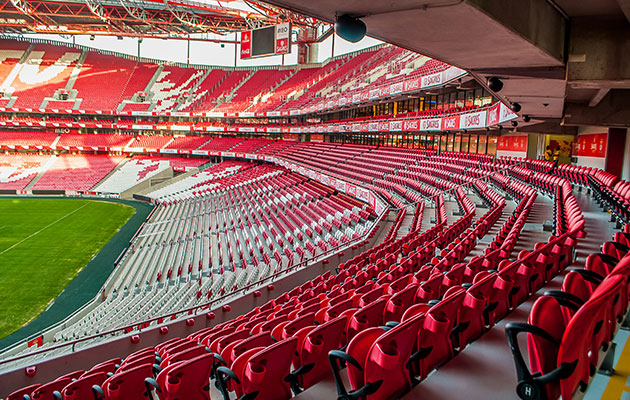

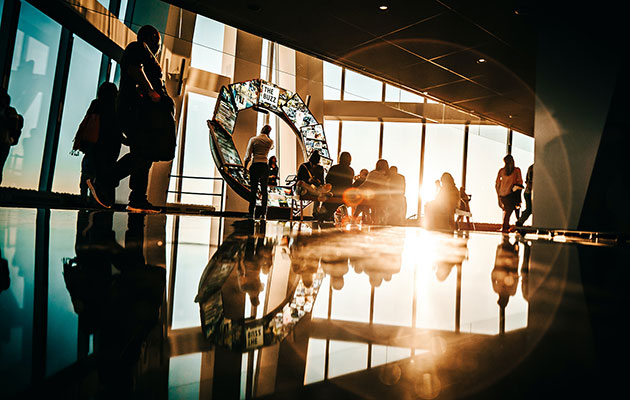


Shintaro Uno is one of Japan’s leading experts on FIDIC and other construction-industry contracts. He specializes in international engineering and construction of infrastructure projects around the world, with a particular focus on Japan and Asia. He has extensive experience advising on a wide range of projects, including semiconductor plants, data centers, high-speed railways, highways, submarine cables, coal-mining process facilities, Mass Rapid Transit, high-rise buildings, lithium hydroxide plants, various types of power plants, tunnels, ports, dredging, offshore wind, and water treatment and supply facilities, with primary contracts based on the standard FIDIC contract forms (including Redbook, Yellowbook, Silverbook 1999 and 2017 editions), Minkanrengo Building contract, Nikkenren Design Build, and ENAA.
On the contentious side, Shintaro successfully represents both employers and contractors in proceedings before Dispute Adjudication Boards, international arbitral tribunals, and national courts. He has particular expertise in arbitration under the SIAC, ICC, BANI, and DIAC rules.
Shintaro has been recognized as a Leading Individual in the Construction: International category by Chambers Asia-Pacific for three consecutive years (2023–2025), reflecting his reputation and track record in the region.
Over the past 14 years, Shintaro has been based in Southeast Asia, where he has advised on numerous complex disputes and crisis scenarios. His regional experience is especially extensive in Indonesia, where he has handled more than 70 contentious matters—including litigation, internal investigations, local arbitrations, and criminal cases—demonstrating his capability to navigate sensitive legal issues in cross-border settings.